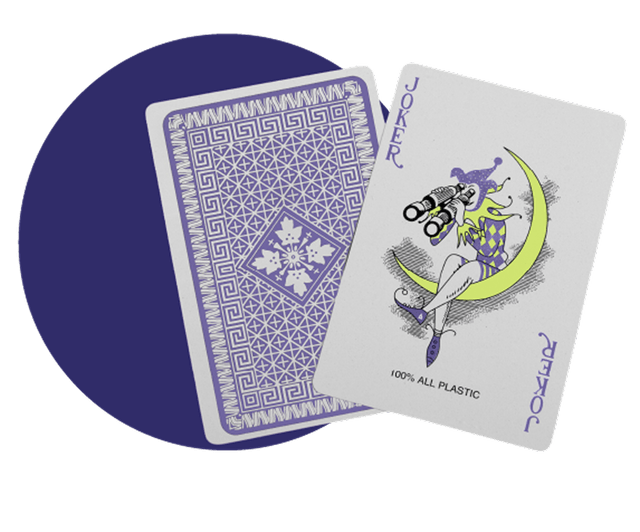
AI and the Retail Marketer’s Future
How AI transforms strategy and processes, driving the adoption of Positionless Marketing
Exclusive Forrester Report on AI in Marketing
For marketers, the holiday season brings both opportunity and risk. Shoppers are inundated with messages, and unclear promotions heighten buyer anxiety—leading to hesitation, cart abandonment, and churn. Radical transparency offers a way out: by communicating pricing rules and timelines clearly, marketers can reduce uncertainty, strengthen customer trust, and improve long-term retention.
Holiday shoppers don’t just compare prices; they manage anxiety. Two fears dominate every season: “If I buy now, will it be cheaper later?” and “If I wait, will it sell out?” That tension delays purchases, drives endless inbox scanning, and fuels the discount arms race.
Our shows fatigue spikes quickly; roughly 55% of shoppers report being tired of holiday marketing by October, and about 71% by late November, while heavy senders see outsized unsubscribes. The fix isn’t to be louder or more frequent; it’s to be clearer. Radical transparency, stating your promotion rules up front, reduces anxiety, builds trust, and improves retention.
The best results come when retailers communicate early and thoughtfully by announcing their holiday plan in early October, then open a brief VIP window in mid-October that includes a stock or size guarantee, so most valuable customers never arrive to “sold out.” As late October and early November roll in, shift to weekly touches rather than daily blasts, and make those touches useful: fit guides, bundles, gifting help, store pickup cutoffs, and final-ship dates. During the Black Friday/Cyber period, keep reminders minimal and factual. After the rush, follow through on price assurance credits and send a considered “treat yourself” nudge to gift givers who may now become buyers for themselves.
Tune into The Future Commerce podcast, featuring Mosh, SVP of Global Revenue at Optimove, to hear more about the 2025 Holiday Shopping season:
Media embed provider not supported
URL: https://open.spotify.com/embed/episode/4VMGU9iN7WocBLRLCgPhOA?utm_source=generator
Supported: YouTube, Spotify
It starts by removing guesswork. Publish discount plan or rules in plain language: “This is our only Black Friday offer,” or “Our max sitewide discount is 15% and we won’t take further markdowns in December.” By saying it once and sticking to it, brands send a powerful signal that they won’t yo-yo prices to chase short-term spikes.
These marketers protect loyalists first with early access windows, stock or size holds, and simple price assurance (for example, automatic credits if an item’s price drops within 14 days). Those moves turn promotion into a customer planning tool rather than a guessing game.
The best results come when retailers communicate early and thoughtfully by announcing their holiday plan in early October, then open a brief VIP window in mid-October that includes a stock or size guarantee, so most valuable customers never arrive to “sold out.” As late October and early November roll in, shift to weekly touches rather than daily blasts, and make those touches useful: fit guides, bundles, gifting help, store pickup cutoffs, and final-ship dates. During the Black Friday/Cyber period, keep reminders minimal and factual. After the rush, follow through on price assurance credits and send a considered “treat yourself” nudge to gift givers who may now become buyers for themselves.
Reserve certainty for high-value customers with early access and price protection, not just the deepest cuts. Focus small, well-timed incentives on the “charmed” middle shoppers who respond to a modest 10–15% nudge and, in our retention analyses, tend to stick around at three, six, and nine months. And for true cherry pickers, steer them toward a permanent sale page or outlet section, cap frequency, and test pathways to product-led stickiness (for example, spotlight items with the highest repeat-purchase rates).
Brands will know it’s working if the data says so. Run a simple 50/50 holdout and track through mid-January: unsubscribes in October–November, time-to-purchase from the first touch, customer service tickets about price drops or refunds, 90-day repeat rates by initial discount band, gross margin per customer, and retention curves for “charmed” cohort versus deep-discount buyers. The pattern to look for is fewer unsubscribes, steadier margins, and stronger 90-day repeats, especially among that middle segment.
Backtracking on the plan retrains shoppers to wait and erodes trust; if brands must deviate, make early buyers whole automatically. When forecasts are uncertain, avoid over-specific promises; publish rules (caps, floors, and windows) rather than dates that can’t be honored. And never let loyalists learn about deals after the fact. Transparency without priority feels like punishment.
Here's a concise and simple example:
“Our holiday plan so you can shop stress-free: Nov 8–10, 10% sitewide; Nov 28–29, 15% sitewide, this is our deepest discount of the season; no further markdowns in December. VIPs receive 48-hour early access and a 14-day price assurance, if a price drops, we credit you automatically.”
It’s not sensational; it’s specific. It replaces fear with clarity.
The bigger shift here is philosophical. Radical transparency turns promotions from a race to the bottom into a long-term relationship builder. It reduces anxiety, cuts fatigue, and rebalances spend toward quality, not quantity, the customers who stay.
Radical transparency is more than a tactic. It’s a customer-first philosophy that redefines how brands engage during peak seasons. By clearly communicating promotional rules, prioritizing loyal customers, and delivering on promises, marketers can reduce fatigue, deepen trust, and drive repeat purchases.
Download Optimove Insights’ to discover how shoppers navigate inflation, tariffs, marketing fatigue, and rising expectations this season.
For more insights on holiday shopping, contact us to request a demo.
Exclusive Forrester Report on AI in Marketing
In this proprietary Forrester report, learn how global marketers use AI and Positionless Marketing to streamline workflows and increase relevance.


Moshe Demri leads Optimove’s global revenue team and is focused on helping clients optimize their customer retention plans and their use of the Optimove software. Moshe has vast experience consulting clients as a data scientist, analyzing their customer data and revealing actionable, data-driven marketing insights.
Moshe holds a BSc in Industrial Engineering and Management, specializing in Information Systems.


